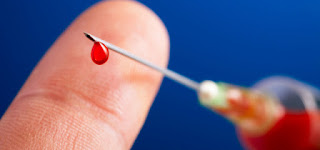Managing time off requests effectively
will help reduce your liability
There are certain times of the year, summer and holidays, when a significant number of employees request time off from work. While it would be nice to accommodate all of the time off requests, work still needs to get done. In addition to reduced productivity, there is another factor with time off requests that increases liability, reduces morale, and sours the great culture that has been building within the organization. All of these are the result of unfair time off practices.
Reduce Liability
All of your time off requests should be done by following a written policy and procedure. Time off policies should be the same for the same type of employee (part-time or full-time). Be sure that the written time off policies are in no way discriminatory of gender, race, religion, or other factor.
Keep Morale High
If the written policies and procedures are not deviated from and are followed, then there should be no appearance of favoritism. It is the appearance or perception of favoritism that has a destructive influence on the morale of other employees.
Culture is Still Great
Any type of special allowances of time off could have a souring effect on the culture of an organization. Remember, everyone would like to have a special day off and get paid for it. If it is not written in the policies and procedures, don't do it. If someone really needs to have a day off and it is outside of the written policies, then the day off can be granted to the employee, but it would not be an unpaid day off. This would not have the same souring effect on the culture as a paid day off would have.
Reduce liability, keep the morale high, and maintain a great culture by having fair and written time off policies and procedures that are strictly followed.






